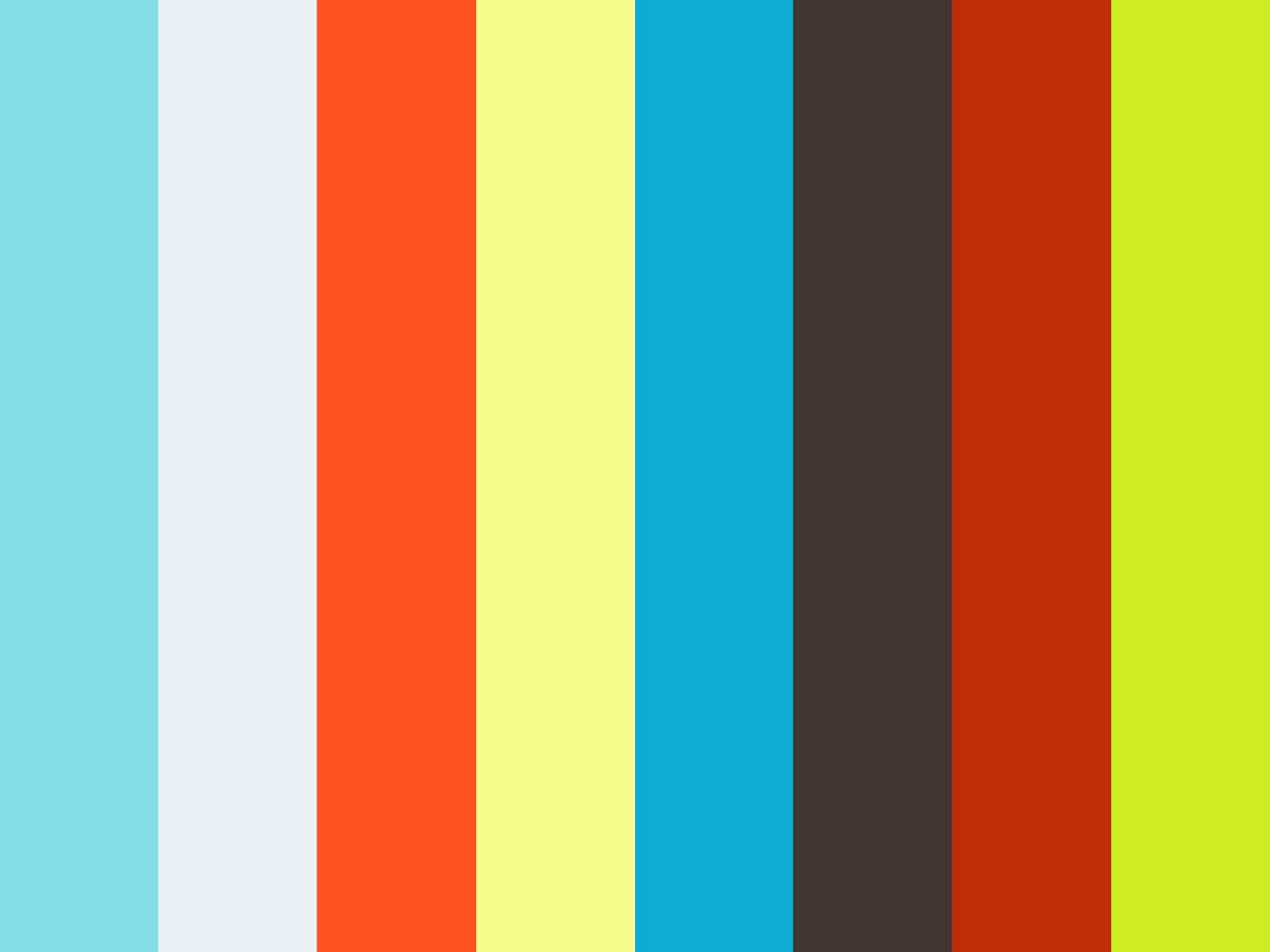Photoshop
Part of a series on Adobe. [View Related Entries]
[View Related Sub-entries]
| Navigation |
| About • History • Reception • Online Presence • Related Memes • Search Interest • External References • Recent Images • Recent Videos |
About
Photoshop is an image-editing software[9] application developed and published by Adobe Systems.[1] Since its initial release in February 1990,[2] Photoshop has established itself as one of the most advanced and widely used graphic editing programs in the market[3] by offering a wide range of constantly evolving features and tools that enable its users to create original artworks or digitally manipulate pre-existing images. In the context of Internet culture and digital arts, Photoshop has played a vital role in facilitating the creation of hundreds of memes and other notable original artworks,[7] to such an extent that "photoshopping" (often shortened as "shopping") is now used as a colloquial English verb for editing images in general.
History
Development
Photoshop was first conceived in 1987 as a brainchild of a collaboration between two brothers, American software developer Thomas Knoll,[4] then a PhD student at the University of Michigan, and visual effect artist John Knoll. The concept began as Thomas Knoll's pet project program he put together on his Macintosh Plus, initially dubbed Display, which could display images in grayscale on a monochrome screen. Intrigued by his brother's application, John Knoll, who was then working at the motion picture visual effect studio Industrial Light & Magic, recommended that it should be expanded into an all-purpose image editing program. Throughout the first half of 1988, the two brothers worked on developing the program and changed its name to ImagePro, shortly before settling on Photoshop after discovering that ImagePro had been taken. In 1988, the Knoll brothers sold a total of approximately 200 copies of the application under the brand Barneyscan XP as part of a short-term promotional deal with American scanner manufacturer Barneyscan.
Release
In late 1988, John Knoll traveled to Silicon Valley to offer a demonstration of the application before the engineers at Apple and Adobe. Knoll's showcasing events were met by positive feedback from both companies, with Adobe ultimately agreeing to purchase the distribution license in September that year. After nearly two years of streamlining the code and features for the program, Photoshop 1.0 was released as a Macintosh-exclusive title on February 19th, 1990. While many of the advanced color-editing features previously introduced in the BarneyScan release were left out of the initial release, the application's color handling capabilities began to improve gradually with each follow-up release, starting with Photoshop 2.0 that was released in June 1991.[8]
- Photoshop 1.0: Grayscale Support (February 1990)
- Photoshop 2.0: Paths, CMYK Color and EPS Rasterization (June 1991)
- Photoshop 2.5: 16-bit per channel support and Windows OS port (November 1992)
- Photoshop 3.0: Tabbed Palettes and Layers (November 1993)
- Photoshop 4.0: Adjustment Layers and Actions (November 1996)
- Photoshop 5.0: Editable Text Object, Magnetic Lasso, History Palette, Color Management (May 1998)
- Photoshop 6.0: Vector Shapes, Updated User Interface, "Liquify" Filter, Layer Styles/Blending Options (September 2000)
- Photoshop 7.0: Vectorized Text and Healing Brush (March 2002)
- Photoshop 8.0 (CS): Advanced Slice Tool, Match Color, Lens Blur Filter, Layer Groups (October 2003)
- Photoshop 9.0 (CS2): Smart Objects, Image Warp, Red-Eye Removal, Lens Correction, Sharpen and Smudging Filters (April 2005)
- Photoshop 10.0 (CS3): New User Interface, Quick Select Tool, Auto-Align and Auto Blend, Smart Filters, Multilayer Selection (April 2007)
- Photoshop 11.0 (CS4): Content-Aware Scaling, Smooth Zooming, Masks Panel (October 2008)
- Photoshop 12.0 (CS5): Content Aware Fill, Mixer Brush, Auto Lens Correction (April 2010)
Reception
During the first half of the 1990s, Photoshop quickly grew into the de fact industry standard in raster graphics designing and editing, and thus establishing itself as Adobe Systems' flagship product and effectively replacing the role of Adobe Illustrator, a vector-based drawing program developed by the company's in-house engineer in the mid-1980s.
Online Presence
[researching; work in progress]
Related Memes
Exploitables
Across the internet, there are many examples of single images that have become the object of Photoshop phenomenons.[6] An image that is widely photoshopped and mutated can become an inside joke for a community, and gives entertainment without necessarily conveying a message. In some cases, the phenomenons gain notoriety outside their original community and become widespread across the internet. Most of the most notable examples come from prolific communities such as 4chan and Something Awful.
- Babby
- Get Out Frog/Frogout
- I'm 18, do I have potential?
- Woll Smoth
- Floating Chinese Government Officials
- Floating Filipino Government Officials
- Diouf Trips
- Birds with Arms
Photo Insertions
A photo insertion refers to the addition of an infamous image to another one for comedic value, generally by adding an out-of-place character to a scene. Some examples include:
- Leo Strut
- Disaster Girl
- Spock is Not Impressed
- Get a Brain, Morans
- The Vancouver Riot Kiss
- Sad Keanu
- Boozecats
- Prancing Cera
- Chubby Bubbles Girl
Facial Editing
Facial editing fads consist of a variety of ways of editing peoples' faces,[5] either by replacing their faces with faces of others, or by editing features on their faces. Face alteration is not unlike photo bombing. Some examples include:
- Facebomb
- Nic Cage as Everyone (highly specific facebomb)
- Tenso
- Face Swapping
- Steve Buscemeyes
- Celebrities Without Eyebrows
- Tennantface
- Moustair
- Teenage Mutant Ninja Noses
- Manbabies
- Cholafied
- Hipster Glasses
Search Interest
External References
[1] Adobe – Product Page: Photoshop
[2] Wikipedia – Adobe Photoshop
[3] Web Designer Depot – 20 YEARS OF ADOBE PHOTOSHOP
[4] DeviantART – A brief history of Adobe Photoshop
[5] The Atlantic – Oprah's Head, Ann-Margaret's Body: A Brief History of Pre-Photoshop Fakery
[6] Kotaku – A Brief History of North Korean Photoshops
[7] New York Times – Photoshop at 25: A Thriving Chameleon Adapts to an Instagram World
[8] Wikipedia – Adobe Photoshop Version History
[9] Wikipedia – Photo Manipulation
Recent Videos 12 total
Recent Images 140 total
Share Pin



























Comments ( 39 )
Sorry, but you must activate your account to post a comment.
Please check your email for your activation code.